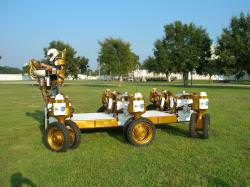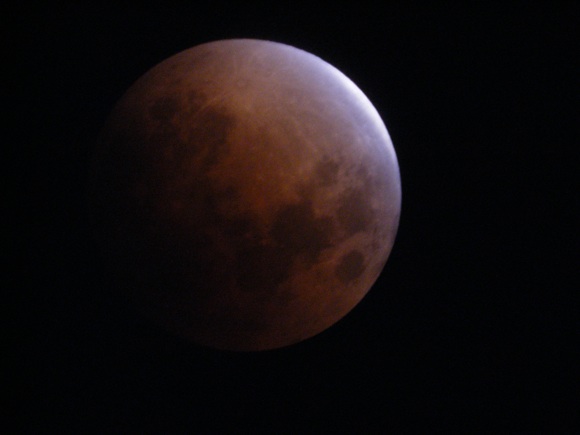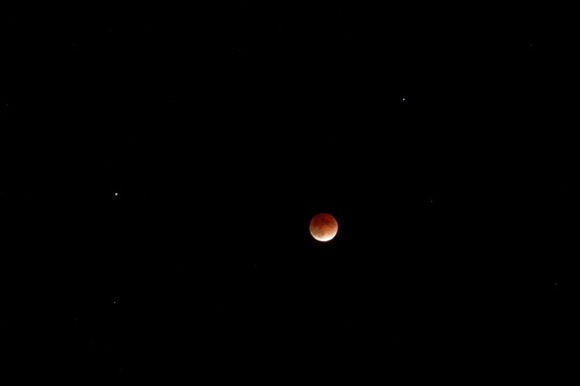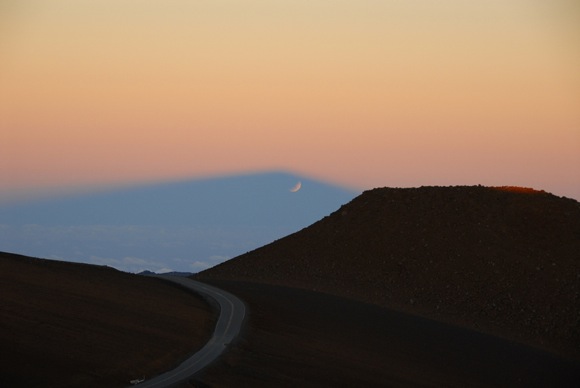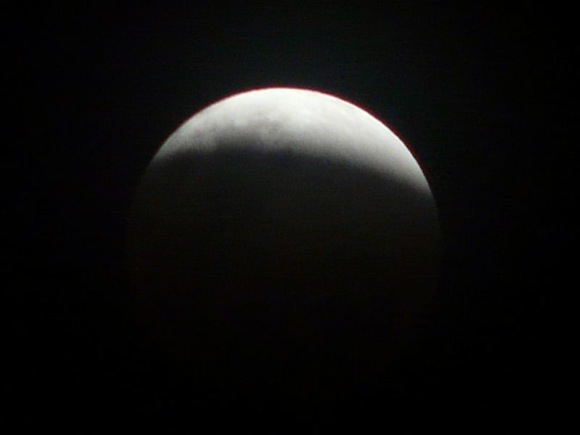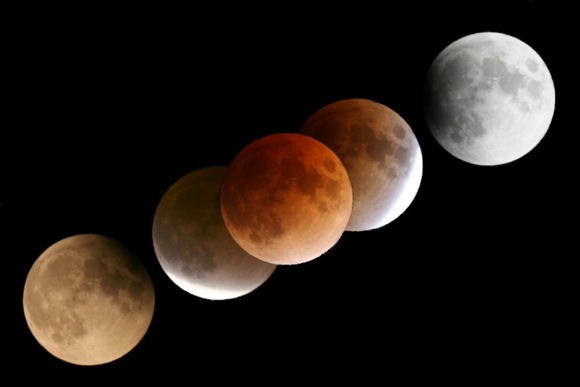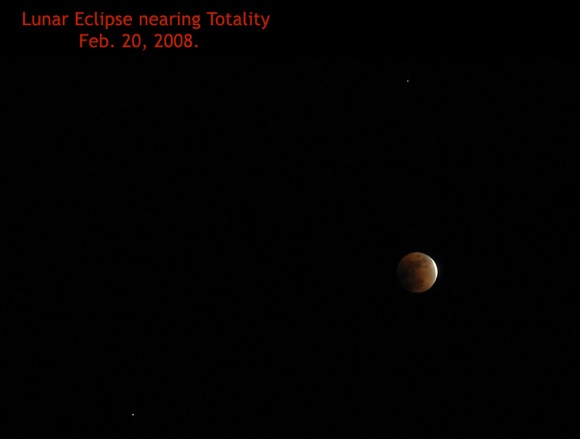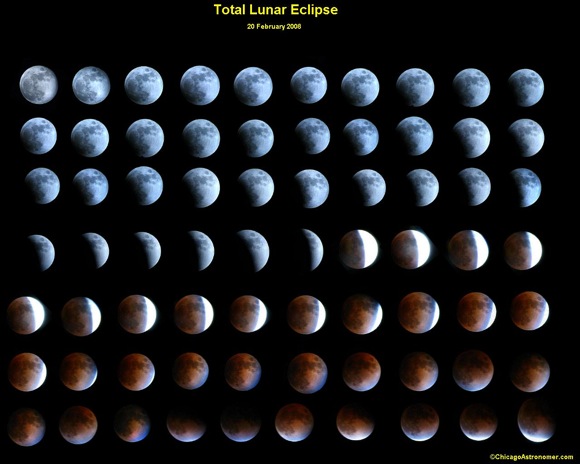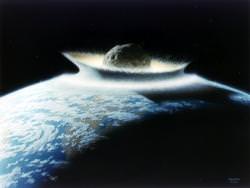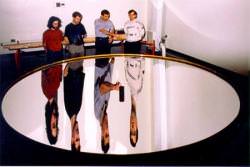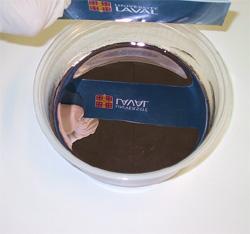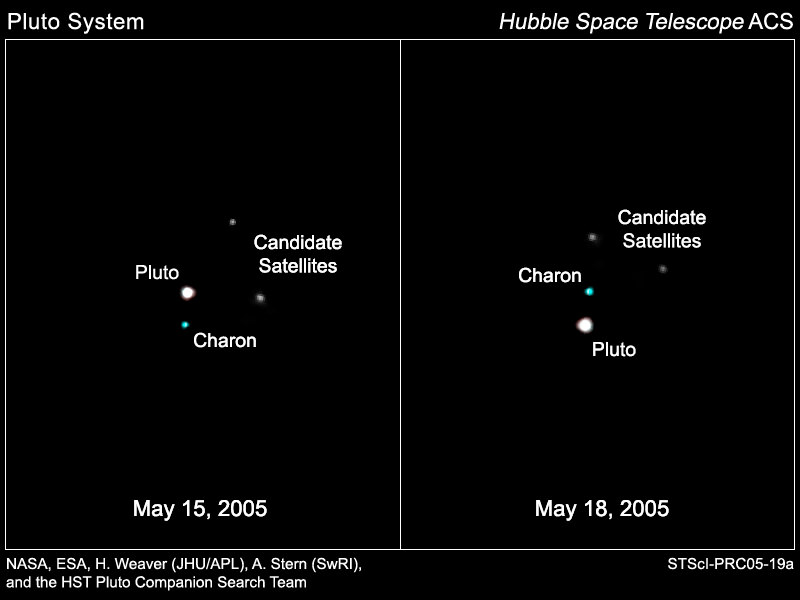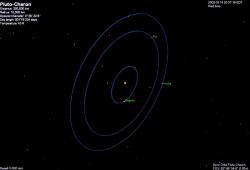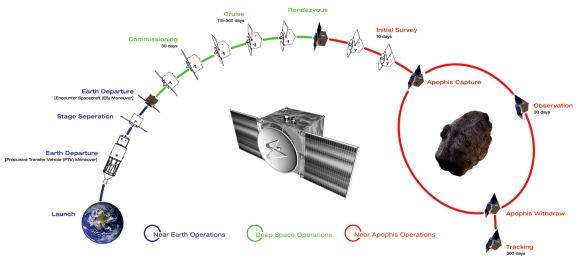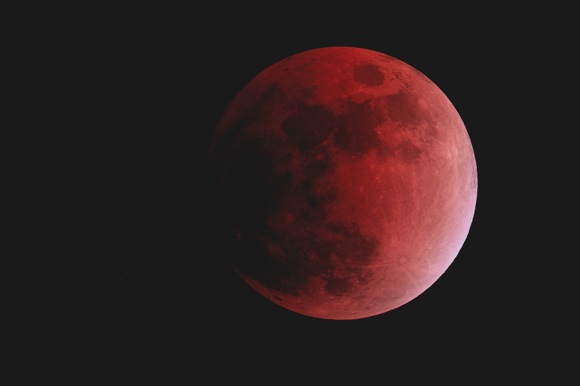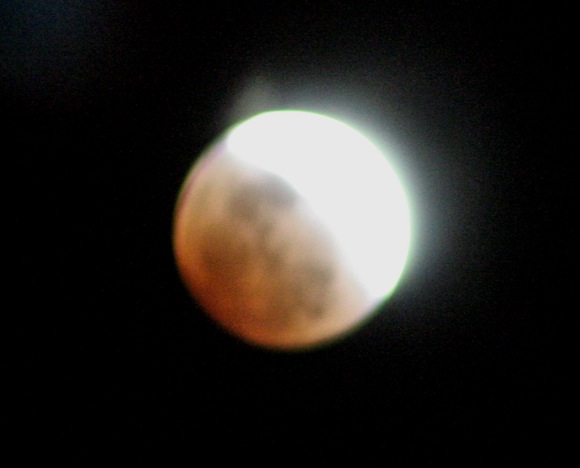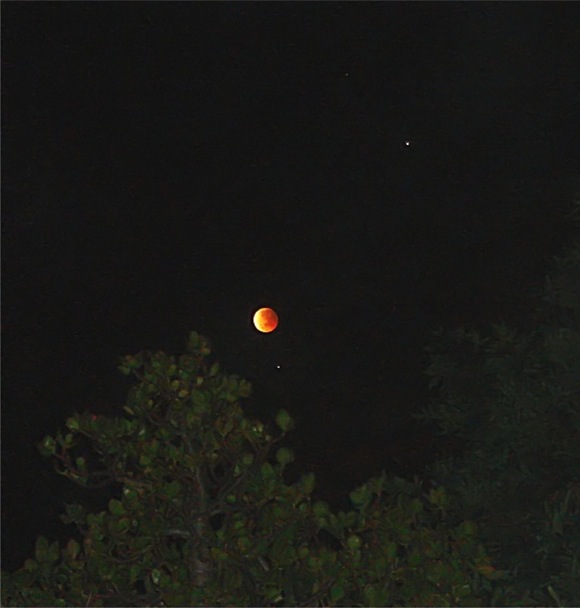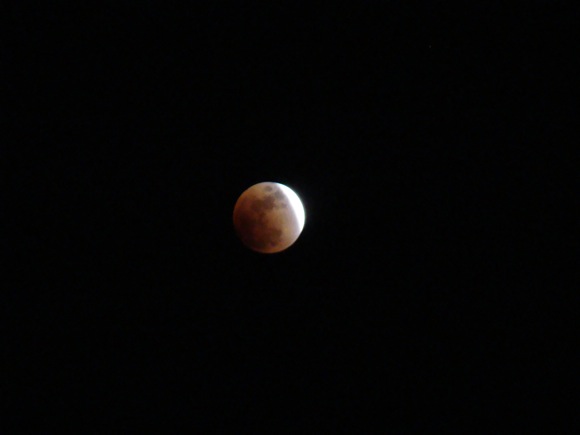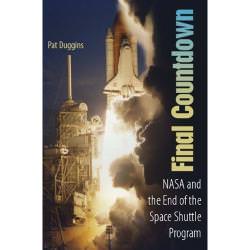It is official: the UK is back as a full member of the Gemini Observatory international partnership. At the beginning of the month, The Science and Technology Facilities Council (STFC) signalled that the UK would partially return to the project after January’s shock announcement that Britain was going to pull all its financial support out of the observatory. Today, the STFC has reinstated the UK as a full member of the Gemini Project. What a rollercoaster ride…
An official joint statement from the Gemini partners reads:
“The Science and Technology Facilities Council has reaffirmed the UK’s position as a full member of the Partnership under the terms of the current Gemini Agreement. The Gemini Board welcomes this statement. The Board acknowledges the STFC’s need to address its budgetary constraints and notes that, under the terms of the Agreement, the UK is entitled to seek to sell some of its telescope time both within the partnership and, subject to the approval of the Board, outside the current partnership.”
This is obviously welcomed news, but the astronomers who were outraged by the initial withdrawal are frustrated as to why selling telescope time wasn’t an option in the first place. Allowing other groups (inside and possibly outside the partnership) to buy campaign time on Gemini is a far better solution to the STFC funding crisis. Wasting the money already invested in the project (over £70 million to develop the project alone) and pulling out entirely seemed a very extreme measure, prompting some UK astronomers to say the UK astronomy community was being “sabotaged”.
This debacle resonated with the other partners of Gemini (including the US, Canada, Chile, Australia, Brazil and Argentina) who responded angrily to the news that the UK was suddenly withdrawing funding (understandable really). Any mention of the UK was quickly removed from the Gemini observatory locations and the official website.
Today’s announcement has reinstated the UK as a full partner once more to the Gemini project. According to a source, the UK flag has even been returned to the Gemini Northern Operations Center in Hilo, Hawaii.
But there is still a problem. The situation has not changed, the STFC still has to plug its funding deficit, and government assistance is still not forthcoming. There are concerns for other UK physics and astronomy projects, as the £15 million ($30 million) savings from cancelling involvement in Gemini will need to be cut from elsewhere.
It would appear that the outrage caused by the STFC’s initial plans to cancel its subscription to Gemini was instrumental in the funding decision U-turn, so the UK physics and astronomy community will have to fight just as hard when more cutbacks are announced in the future. Keep an eye on the STFC Funding Crisis: Astronomy website for updated news on the problems facing physics and astronomy in the UK.
In case you missed the Universe Today coverage of the funding crisis:
- UK Astronomy Community “Deliberately Sabotaged” By Funding Cuts To Gemini Observatories (January 28th, 2008)
- Cautious Welcome for UK Research Council U-Turn on Gemini Observatory Funding (February 12th, 2008)
Source: Gemini Observatory



